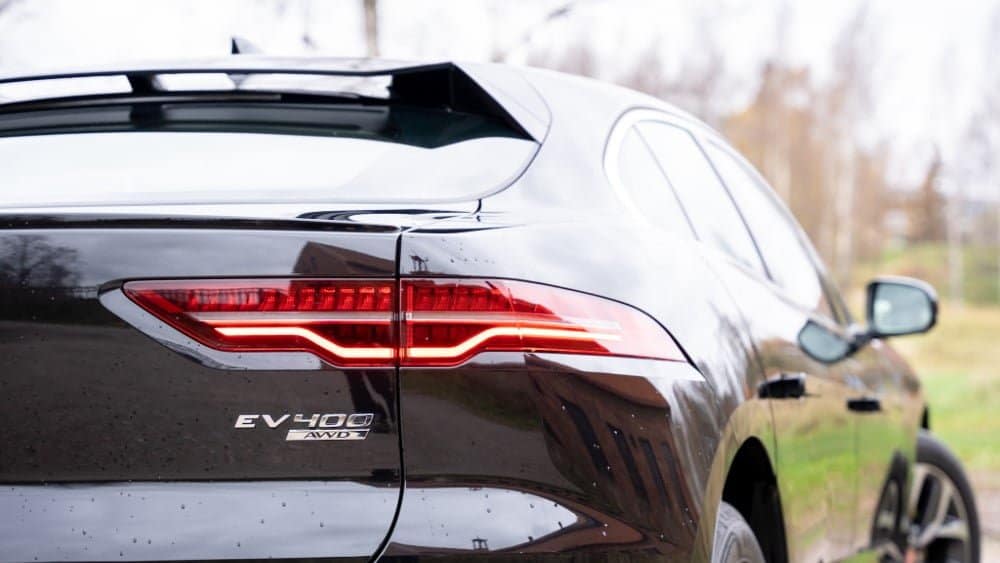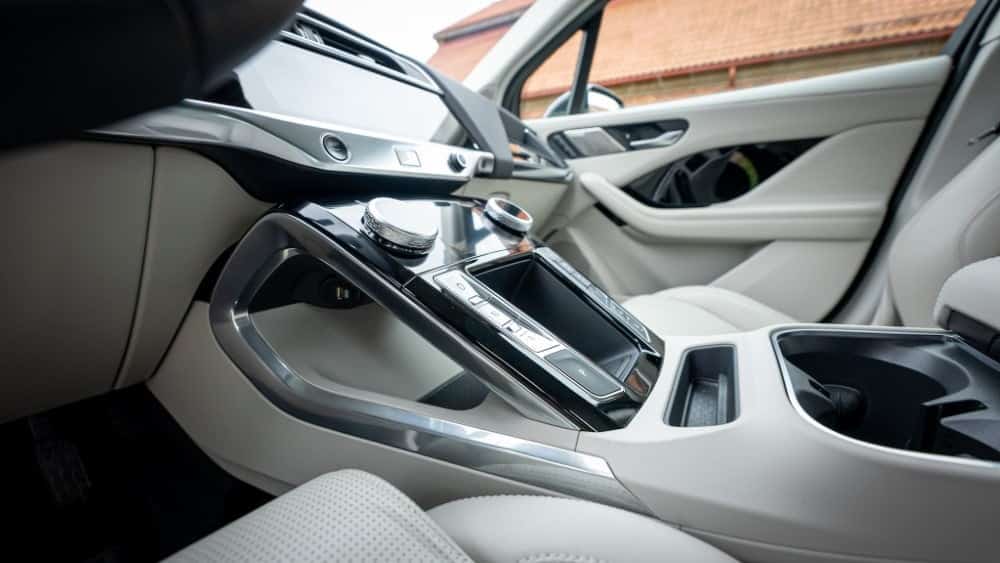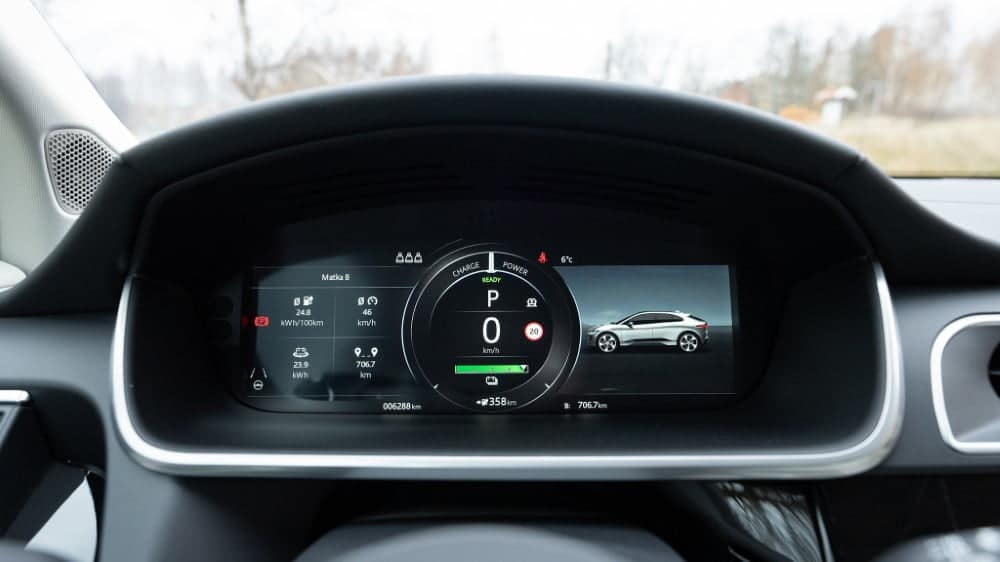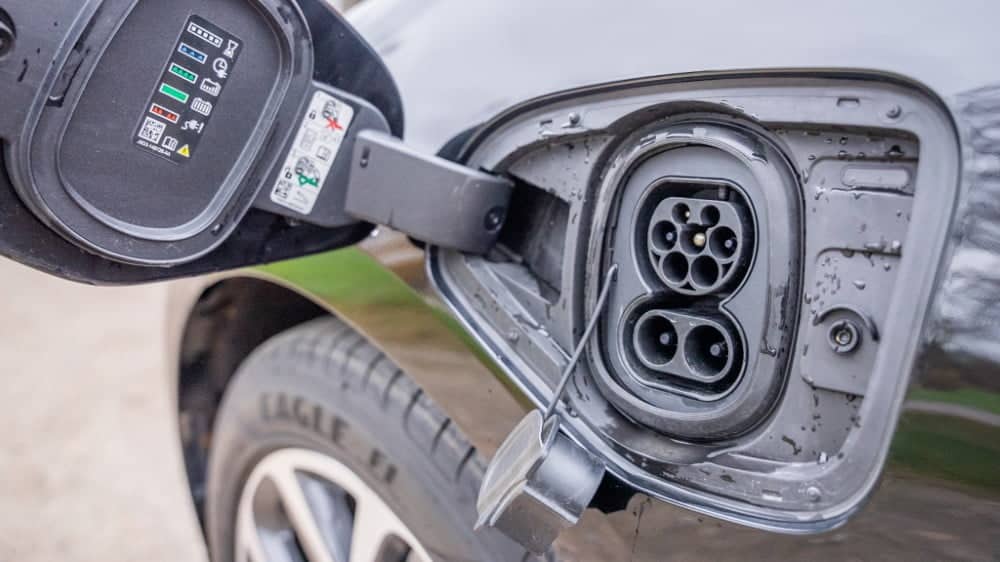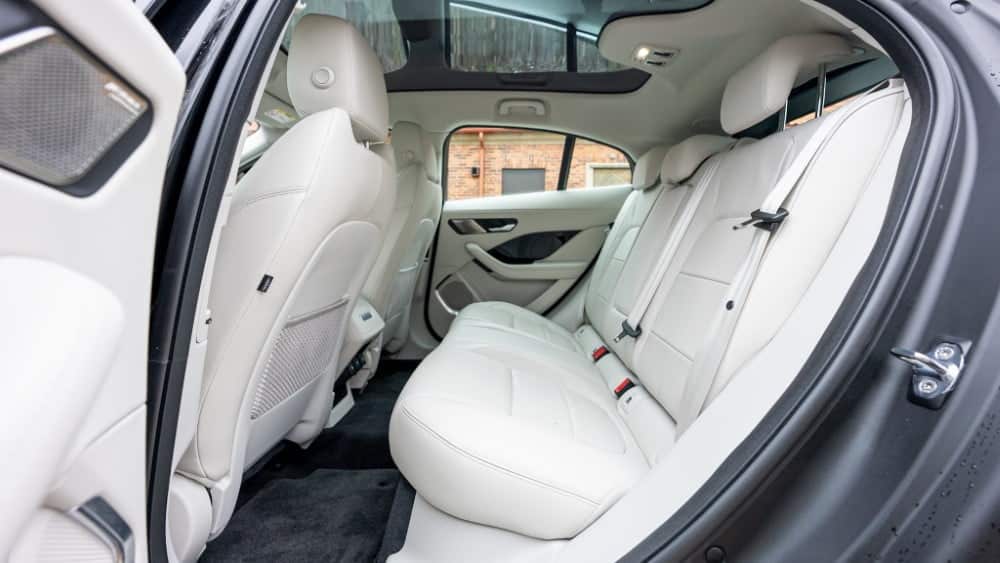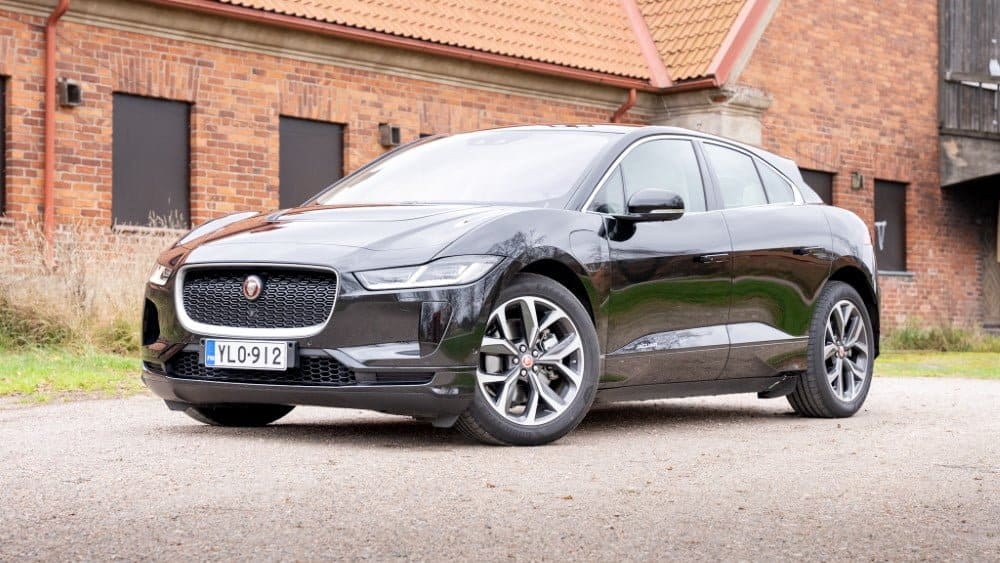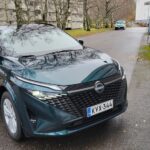The most exciting product in the Jaguar range, the I-Pace challenges the competition with its stable ride, high quality materials and original design.
First launched in 2018, the I-Pace has won dozens of automotive awards, including the 2019 World Car of the Year and European Car of the Year.
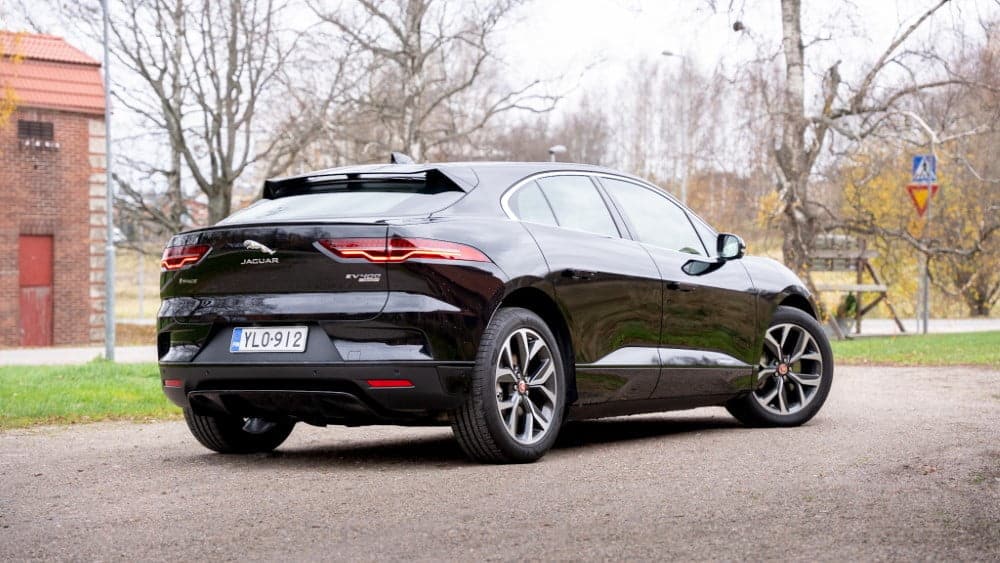
The technical specifications are attractive
In terms of technology, Jaguar has put together a delicious package for its first all-electric car. There has been no need for lower-power ‘test versions’, and Jaguar has jumped right in at the deep end with the I-Pace to challenge premium all-electric SUV models from rivals.
The I-Pace is four-wheel drive, with dedicated permanent magnet electric motors on the front and rear axles, each producing 200 horsepower and 348 Nm of torque. This brings the total power output of the I-Pace to 400 hp and a sufficient 696 Nm of torque. The car has an ideal 50:50 weight distribution.
Whatever the situation, the power of the electric motors is always immediately available and zero to 60 km/h is achieved in 4.8 seconds. The performance easily puts a smile on your face and your back to the seat.
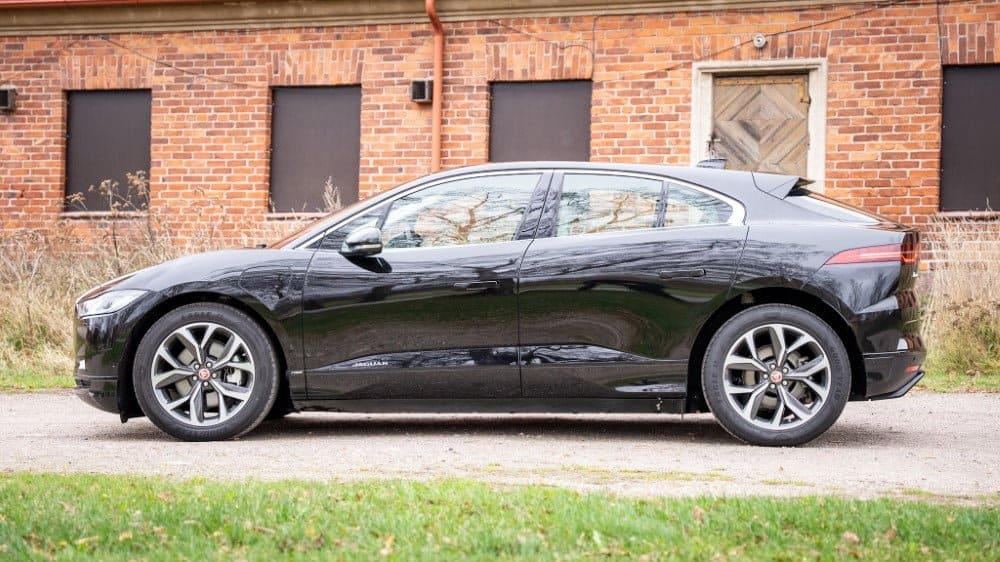
Feel the numbers behind the wheel
The comfortable power figures and ideal weight distribution are felt when driving. The body is made of aluminium and its rigidity makes the I-Pace ride really stiff.
The higher centre of gravity of the SUV, the rigid body and the air suspension of the test car make the car surface-harsh in certain situations, and at urban speeds the higher bumps sometimes sway the car sideways. One of the best examples is when driving diagonally into a deceleration bump, where the chassis could absorb the bump or deceleration much more smoothly.
The chassis feel weaknesses sound much greater than they really are. However, this is a premium SUV, which currently costs over a hundred thousand euros, so even the smallest details attract attention, and in terms of chassis feel, the I-Pace is not a winner in its class, at least not with air suspension.

On the road and on flat surfaces, the I-Pace literally runs like a train. The ride and feel is refined, crisp and decisive.
In terms of steering feel, the I-Pace is closer to heavy than light. Initially, turning the steering wheel feels heavy. In the city, on crowded streets, the stiffness is noticeable when turning the car, but in cruising, the steering’s firmness makes for a relaxed ride.
In the I-Pace, the energy absorption is felt in the form of strong braking when the foot is lifted off the accelerator. The brake pedal doesn’t feel much use until you come to a complete stop.
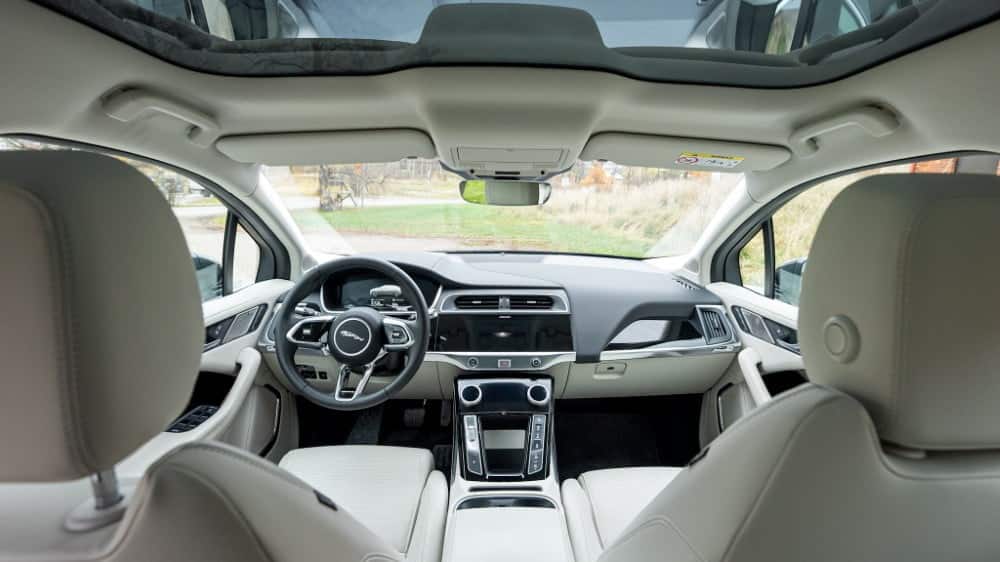
Power on, power off
The battery has a capacity of 90 kWh and Jaguar claims a WLTP range of 470 kilometres. During the test drive, electricity consumption was in the range of 23-26 kWh/100km, which in real life is enough to cover around 350 kilometres on a single charge.
Proactive and smooth driving makes a huge difference to electricity consumption. A driver with a more cautious foot on the accelerator and who enjoys good acceleration can easily drain the battery in less than 300 km. A skilled electric car driver can currently drive the I-Pace up to 600 km, as evidenced by the I-Pace’s class win in the large car category at the AL Helsinki Ecorun in spring 2019, where the I-Pace’s electricity consumption was recorded at 15.00 kWh/100 km.
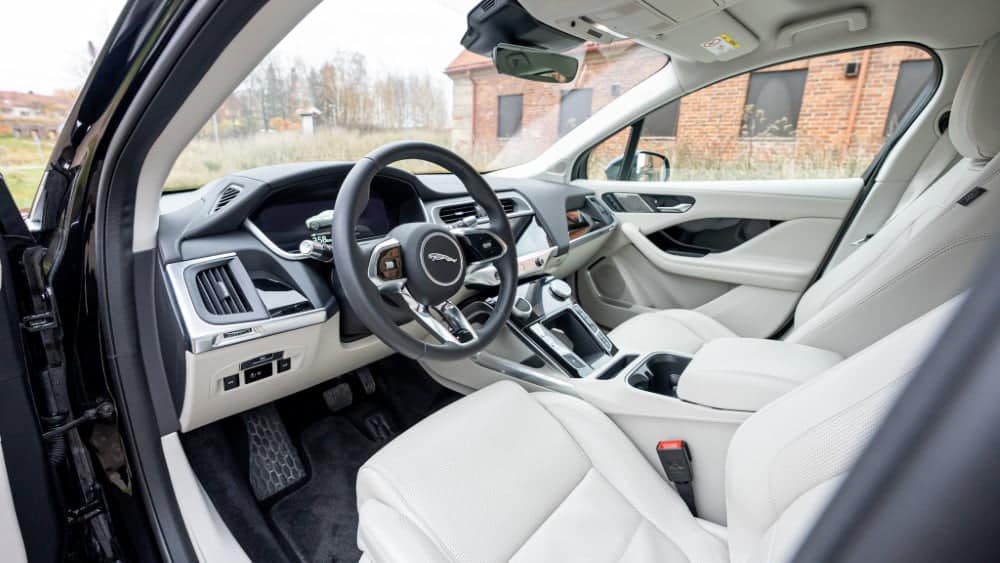
The I-Pace is currently capable of receiving 100 kW of power from a quick charger, which means that a short 15-minute charge will already provide 100 kilometres of additional range, and in 40 minutes the battery can be charged from empty to 80%.
Test-driven with the built-in 7 kW charger for the 2020 model year, it takes approximately 12 hours to charge the battery. Future 2021 model year models will be a good upgrade for those who charge a lot at home, as the car’s built-in charger will be upgraded to a three-stage 11 kW model. Charging time from empty to full battery will drop to around 8.5 hours.
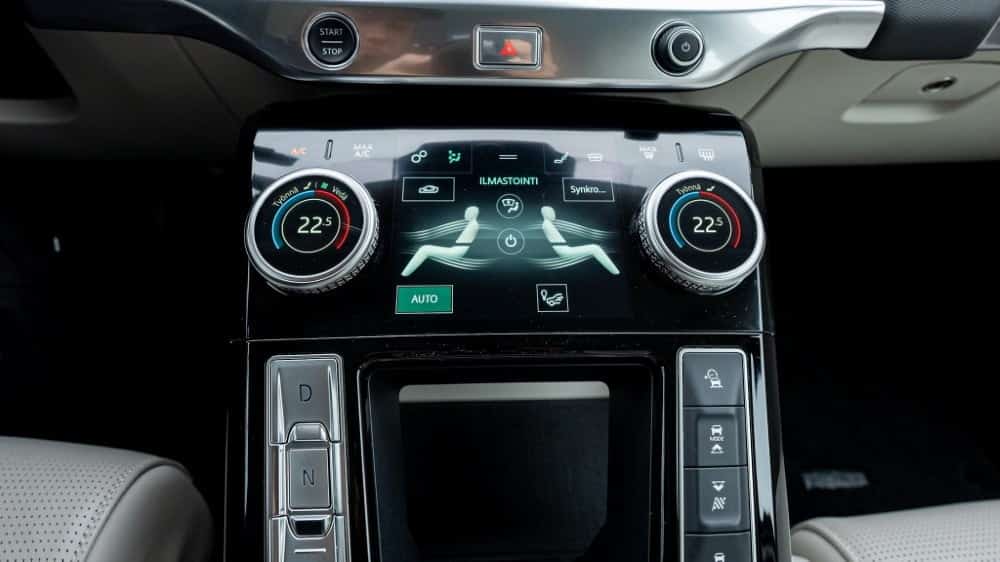
Interior materials are quality, but the design is a bit of a challenge
The I-Pace’s cabin is comfortable and the quality is evident in the materials, but the design is divisive. The cabin is very similar to the interior of a normal combustion engine car. The I-Pace’s exterior, with its distinctive shapes, would lead one to expect a similarly distinctive and thought-provoking design language for the interior.
The leather upholstery that comes with the HSE trim level of the test car brings the I-Pace up to the level where it belongs in terms of seating. Unfortunately, leather upholstery is not standard on the more affordable S trim level, but only comes standard on SE and HSE trim levels. It’s hard to imagine an I-Pace and a Jaguar at this level without leather upholstery.
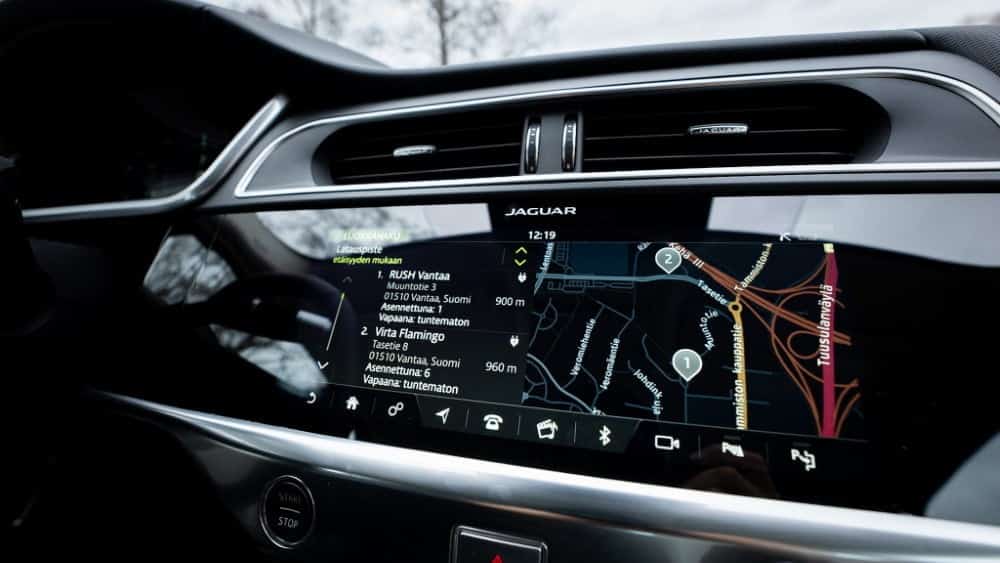
The dashboard is elegantly divided into two for the touchscreens. The upper screen contains the navigation, media and settings menus. The lower screen mainly contains the air and seat temperature controls for heating and cooling the interior. There is the same intermittent stickiness in the usability and responsiveness of the screens that we experienced in the Range Rover we test drove in the summer.
The gear selectors are located below the lower display in the form of push-button switches on the left-hand side. On the right are the driving mode selectors and the air suspension height adjustment buttons.
There’s plenty of space in the front and rear, with the boot pulling a whopping 656 litres. There is also a small storage area for charging cables under the ‘bonnet’ at the front.
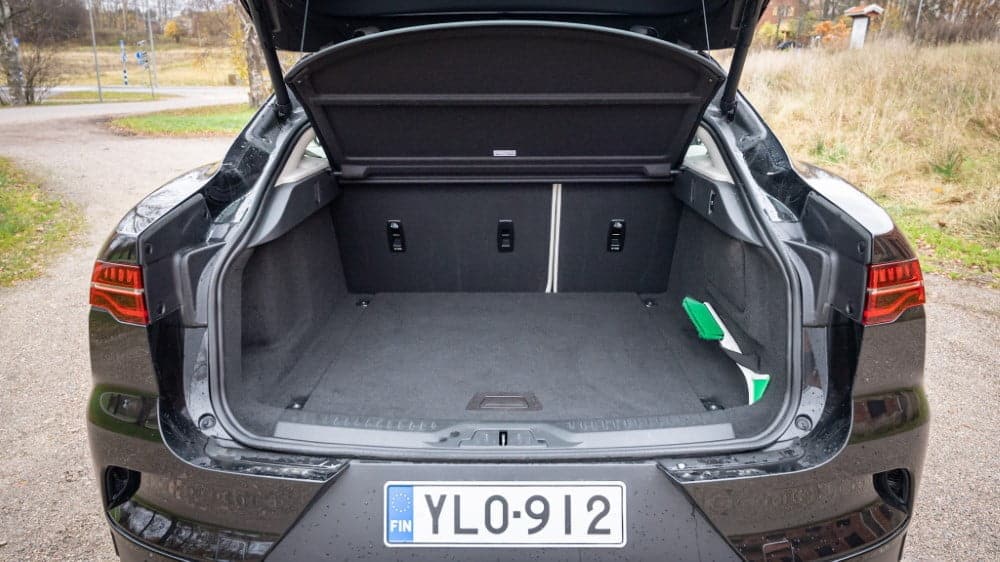
A stylish but not so typical Jaguar
Boldness was required when designing the I-Pace, which has a distinctly different design language to the rest of the range. The design is a mix of rounded and straight shapes, mainly at the front and sides, while at the rear the rounded shapes are mainly confined to the Jaguar logo.
The drag coefficient has certainly been a leading factor in the design, and on closer inspection, for example, the front grille directs some of the air under the bonnet to lower drag. At the rear, airflow is taken care of by a spoiler over the rear window, with a small lip on the tailgate as a final touch. There’s no need for a rear wiper, although the design is close to that of a regular station wagon or SUV, where a rear wiper is usually found.
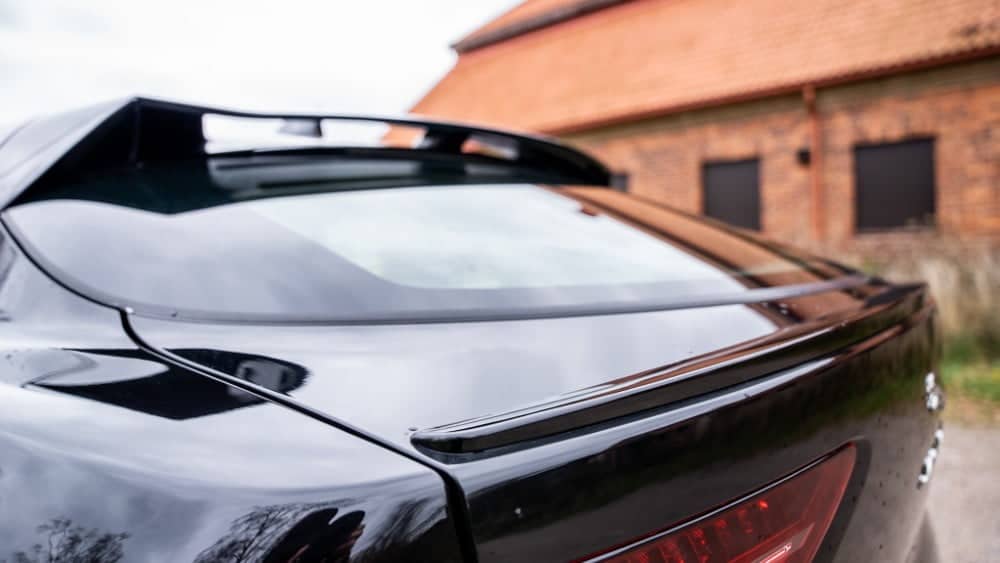
The I-Pace has also won awards for design. Winner of the World Car Design of the Year award in 2019, the I-Pace is the first model to win the World Car of the Year category in three years. In addition to the aforementioned award and the World Car of the Year award, the I-Pace also took home the World Green Car award in the same year.
With its masculine design and interior quality, the I-Pace is one of the most exciting premium all-electric SUVs on the market today. However, the slightly dated design is still reminiscent of its launch date 2.5 years ago – especially in terms of interior space.
The smaller-looking I-Pace surprises with its spacious interior, and the largely high-quality ride exudes the stability and determination you’d expect from a powerful electric car.
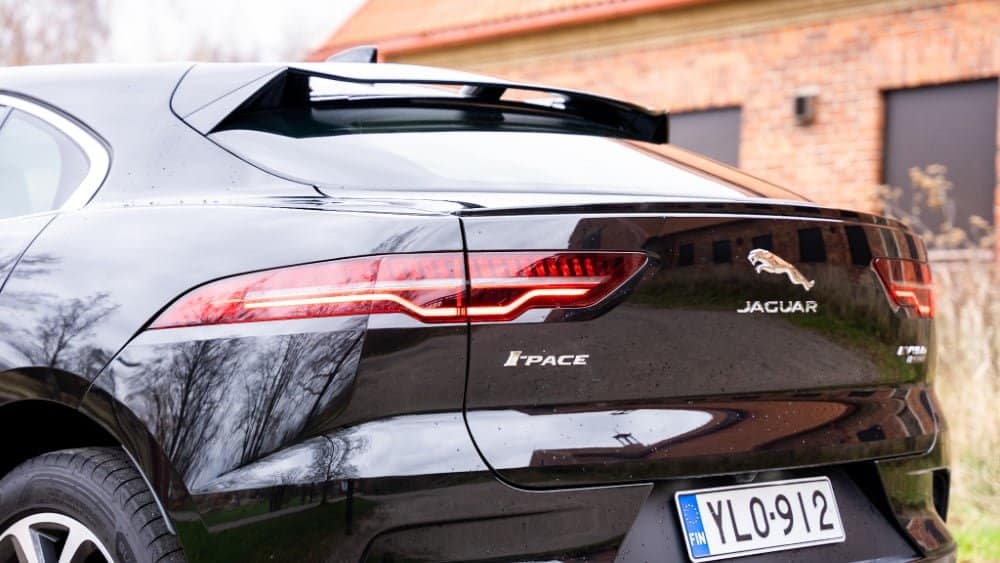
Jaguar I-Pace HSE EV400
- Maximum power: 294 kW, 400 hp.
- Maximum torque: 696 Nm.
- Driving battery capacity: 90 kWh
- Rated range on a single charge: 470 km.
- Acceleration: 4.8 sec (0-100 km/h)
- Combined consumption: 22 kWh/100km.
- Test drive consumption: 22.5-25 kWh/100km.
- Curb weight: 2208 kg.
- Drive mode: four-wheel drive
- Boot space: 656 l.
- Starting price: €85 375 (I-Pace S, price list 2021)
